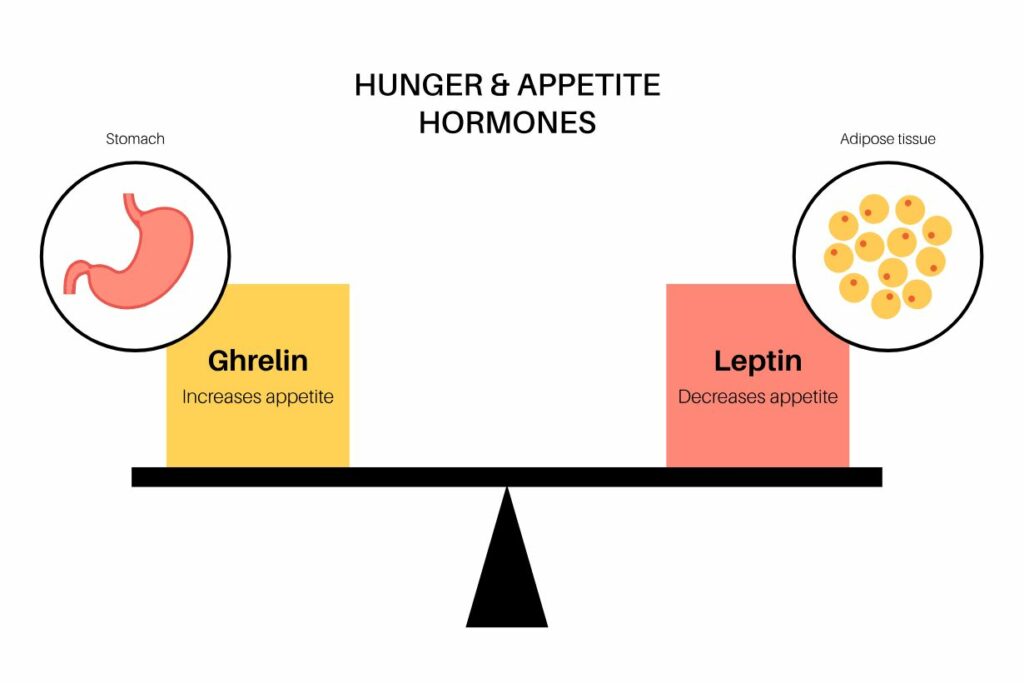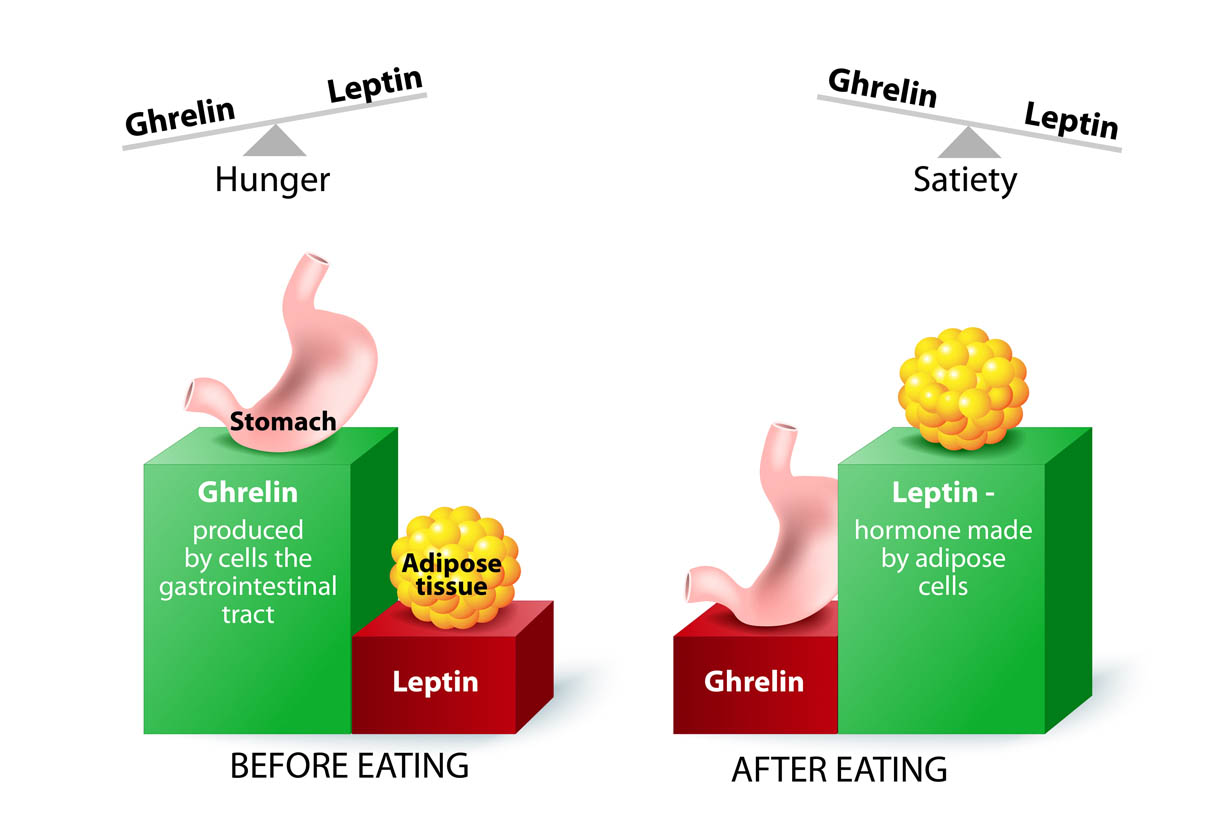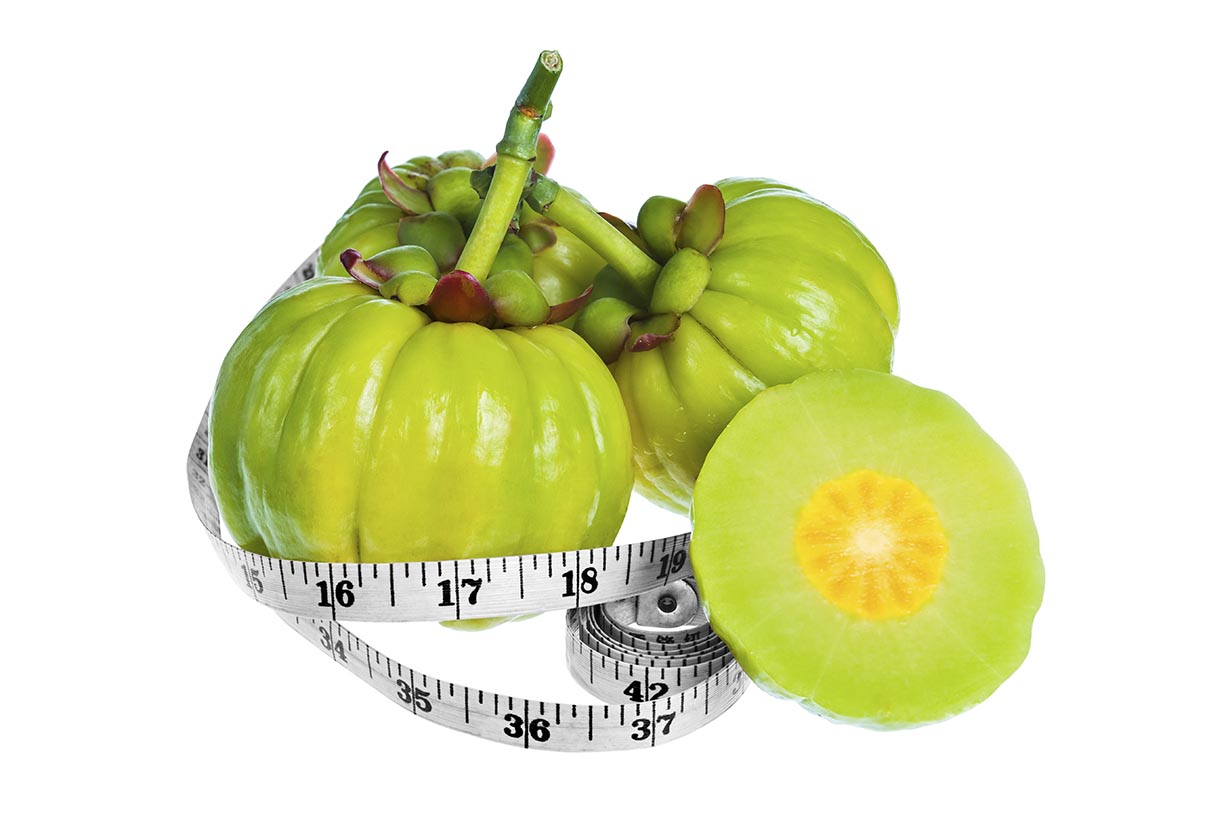In 1995, researchers published one of the most widely regarded studies in the field of nutrition, naming it ‘A Satiety Index of Common Foods’ (1, 2).
Satiety refers to the post-meal state of feeling full with no further desire to eat.
Despite their calorie content, not all foods have the same impact on satiety. Therefore, our food choices are crucial for achieving this feeling.
Satiety is important because adhering to a dietary pattern that promotes it helps prevent overeating, thus playing a vital role in weight management.
This article explains what the satiety index of common foods is and lists the foods that rank high on the index.
Furthermore, we explore the relevancy of the satiety index by examining its strengths and limitations.

The Satiety Index
The study titled ‘A Satiety Index of Common Foods’ was published in the European Journal of Clinical Nutrition in September 1995.
Quick Facts
Before examining the study’s methods and which foods were ranked, here are some quick facts:
- Study Name: A Satiety Index of Common Foods
- Researchers: S H Holt, J C Miller, P Petocz, E Farmakalidis
- Affiliations: Department of Biochemistry, University of Sydney, Australia
- Objective: “The aim of this study was to produce a validated satiety index of common foods.”
- Conclusion: “The results show that isoenergetic servings of different foods differ greatly in their satiating capacities. This is relevant to the treatment and prevention of overweight and obesity.”
- Available from: https://pubmed.ncbi.nlm.nih.gov/7498104/
What Did the Study Involve?
The study involved providing participants with 240 calories of a specific food and assessing its impact on satiety.
This assessment involved taking satiety ratings from the participants through self-report every 15 minutes over two hours.
After this period, participants were offered the opportunity to eat as much as they wanted from a range of different foods. The energy intake during this meal was recorded, and the results supported the subjective satiety ratings (1).
This process was undertaken for 38 different foods.
Based on the study’s findings, the researchers developed a ‘Satiety Index score’ that rated each food’s effect on satiety compared to white bread.
For this purpose, white bread was given a satiety index of 100%.
Thus, a food receiving a satiety score of 150% would indicate it has 50%more satiating effect than white bread, while a satiety score of 50% would signify only half the satiating impact of white bread.
The Satiety Index Scores
The following table displays the satiety index scores for each food as determined by ‘A Satiety Index of Common Foods’ (1, 2):
| Food Name | Satiety Index Score |
|---|---|
| Boiled potatoes | 323% |
| Ling fish | 225% |
| Porridge (oatmeal) | 209% |
| Oranges | 202% |
| Apples | 197% |
| Brown pasta | 188% |
| Beef | 176% |
| Baked beans | 168% |
| Grapes | 162% |
| Whole meal bread | 157% |
| Grain bread | 154% |
| Popcorn | 154% |
| All-Bran | 151% |
| Eggs | 150% |
| Cheese | 146% |
| White rice | 138% |
| Lentils | 133% |
| Brown rice | 132% |
| Honeysmacks | 132% |
| Crackers | 127% |
| Cookies | 120% |
| White pasta | 119% |
| Bananas | 118% |
| Jellybeans | 118% |
| Cornflakes | 118% |
| Special K | 116% |
| French fries | 116% |
| Sustain | 112% |
| White bread | 100% |
| Muesli | 100% |
| Ice-cream | 96% |
| Crisps | 91% |
| Yogurt | 88% |
| Peanuts | 84% |
| Mars bar | 70% |
| Doughnuts | 68% |
| Cake | 65% |
| Croissant | 47% |
What Types of Foods Have High Satiety Index Scores?
Based on the satiety index scores displayed in the table, here are some observations regarding what the satiety index predicts:
- When calorie-matched, boiled potatoes demonstrate more than three times the satiating effect of white bread.
- Highly processed foods such as doughnuts, crisps, cakes, and croissants are less satiating than white bread.
- Foods like potatoes, meat (beef), fish (ling), whole grains (porridge and popcorn), and fruit (apples and oranges) exhibit significant positive effects on satiety.
- Protein-rich animal-based foods like beef, eggs, and cheese appear to promote satiety.
How Relevant Is the Satiety Index of Common Foods?
When evaluating the accuracy and relevancy of the satiety index, we should consider several important factors.
The following sections outline some of the strengths and limitations of ‘A Satiety Index of Common Foods.’
Strengths
- Study design: The research assigned satiety scores to 38 common foods based on participants’ subjective satiety ratings, which correlated with their subsequent food intake two hours after each food consumption (1).
- Results supported by further satiety research: Satiety index scores align with research indicating that high-protein foods, fiber, and foods with a high volume (i.e. substantial portion size relative to calorie count) are likely promote satiety (3, 4, 5, 6, 7).
- Results supported by research on whole vs refined grains: The satiety index scores also correspond with research demonstrating that whole grains elicit better satiety responses than refined carbohydrates (8).
- Foods were calorie-matched: The research allows us to directly compare the effect on satiety of featured foods, as all foods were consumed in energy-matched 240-calorie portions.
- Generalizability (in some countries/cultures): All the foods included in the satiety index are ‘common foods’ that people typically consume or have access to on a daily basis, making the index relevant to daily dietary choices.
- Easy to understand: The use of white bread as a reference food makes the index simple to understand. Instead of having random scores, we know that each score reflects the food’s satiety impact compared to white bread. This makes the index easy to use as most people have a personal understanding of how white bread affects satiety.
Limitations
- Limited index of foods: Only 38 common foods received a satiety index score. In essence, numerous popular foods might have attained higher satiety index scores had they been included. For example, sweet potatoes have a similar volume to potatoes. Pork and chicken boast a similar nutritional composition to beef, and there are many species of fish aside from ling fish. Many whole grains offer a comparable protein and fiber content to oats. How might these foods fare on the satiety index? This just shows that we shouldn’t confine dietary choices to those scoring highly on the satiety index.
- Short-term scores: Satiety index scores were calculated based on subjective satiety reports for two hours after eating the food. This process offers valuable insight into each food’s satiety impact over a two-hour period. However, it doesn’t tell us what effect that food might have on satiety over longer durations. It is plausible that the two-hour window didn’t adequately capture how each food influences satiety over time. Might some foods have induced longer feelings of satiety than others beyond the two-hour period? Would the decline in satiety be quicker with certain foods after two hours compared to others? The data cannot provide us with answers here.
- Not generalizable to all cultures: The foods covered in the satiety index are generalizable to typical dietary choices in the Australia, United States, and much of the Western world. However, they may lack relevance in cultures where foods like bread, potatoes, and pasta aren’t common staples. For instance, many foods in the satiety index may see less consumption in parts of Africa and Asia.
- Single food context: As foods were consumed individually, this does not fully represent typical eating habits. For instance, boiled potatoes are rarely eaten alone and are typically accompanied by a protein source and vegetables. Likewise, consuming white pasta without any additional ingredients is uncommon. Within a meal context, each food may have different effects on satiety due to the the differing impacts of additional meal ingredients on satiety.
Final Thoughts
The satiety index of common foods was an important study that enhanced our understanding of how different foods impact appetite.
It is evident that minimally processed foods rich in protein, fiber, or volume rank the highest in the index. Ling fish, oats, and potatoes are prime examples of such foods leading the index.
Although it possesses both strengths and downsides, the overarching conclusions drawn from the satiety index of common foods are applicable to various dietary preferences.
The influence of satiety on the amount we eat shows that dietary decisions shouldn’t just be based on factors like the calorie content of foods.
By prioritizing whole food options rich in volume, protein, and fiber, we can enhance satiety while curbing the tendency to overeat.






